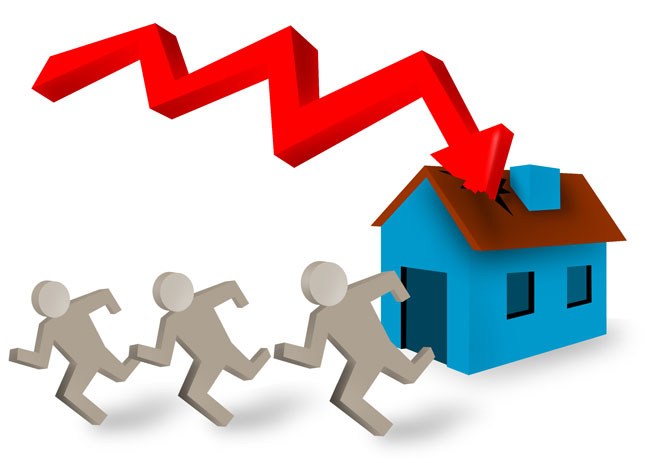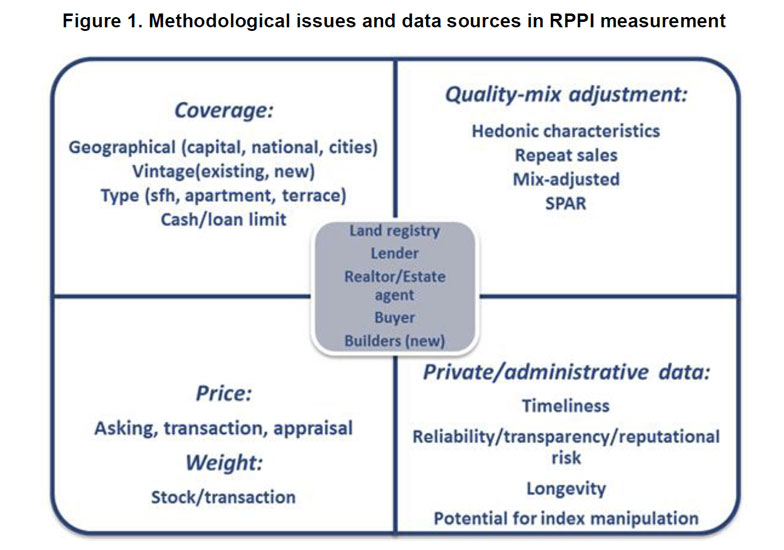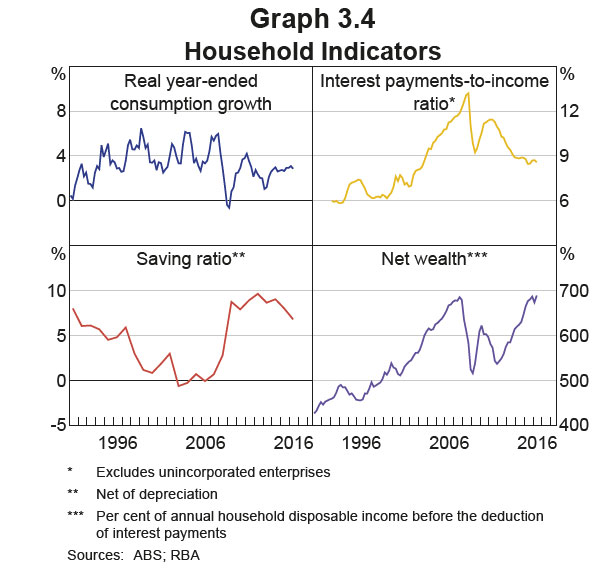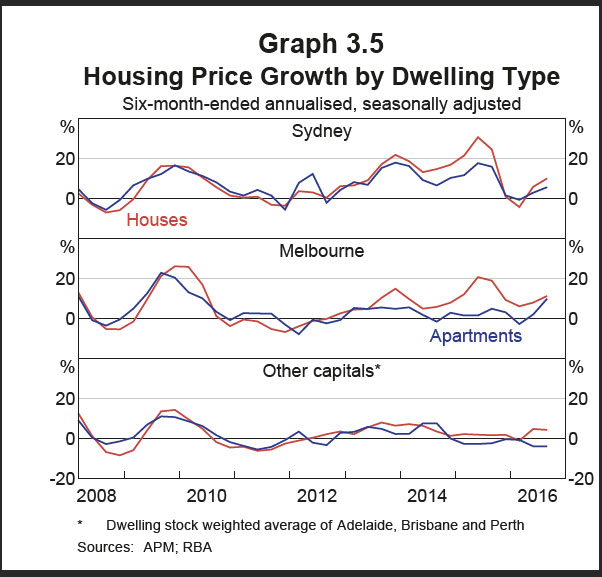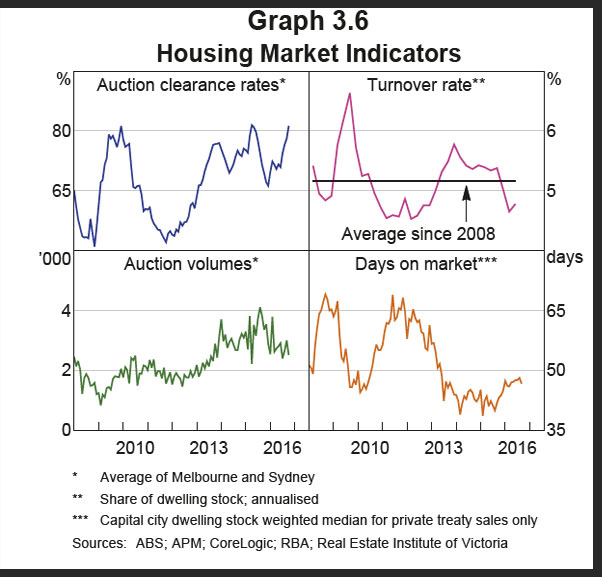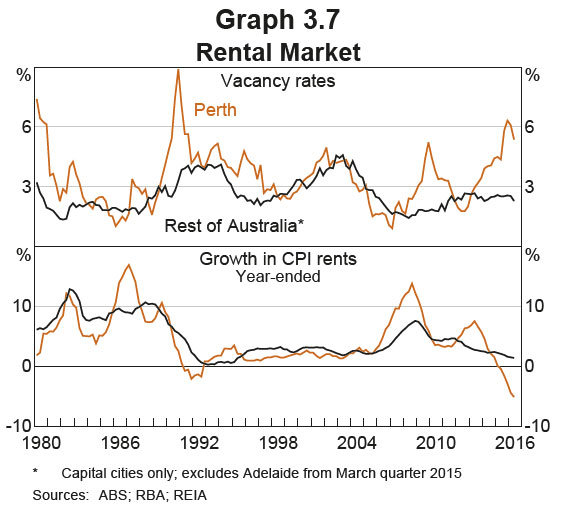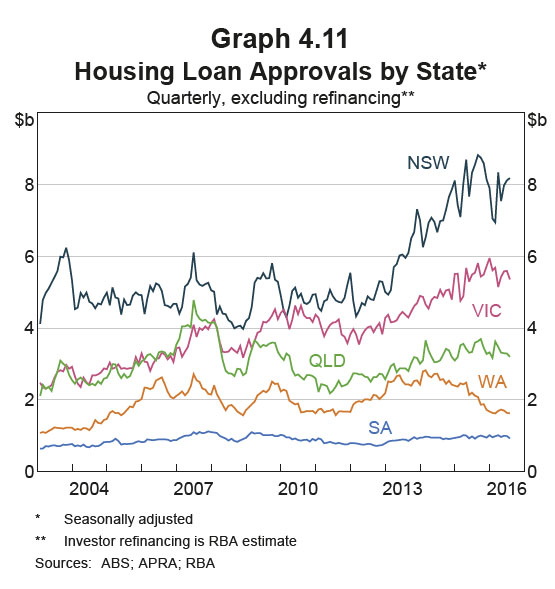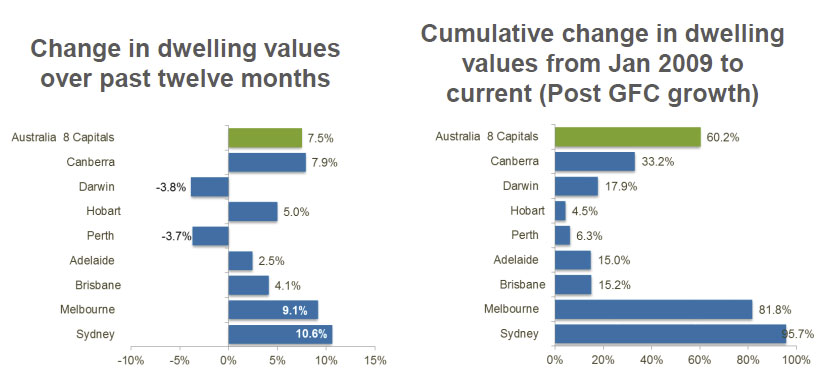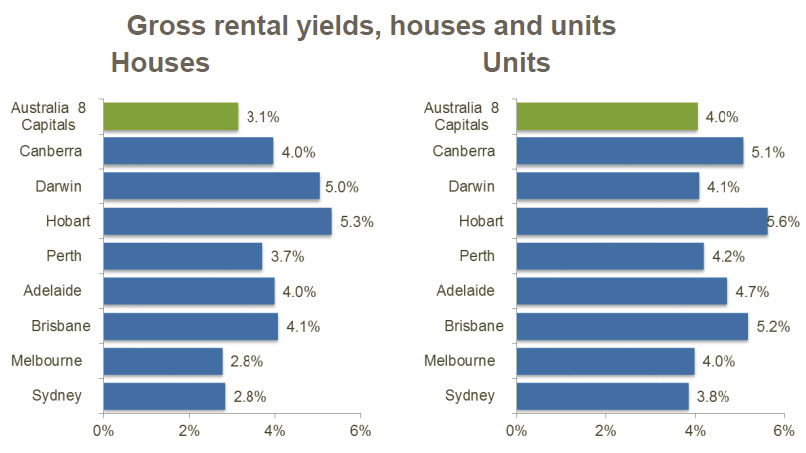From The Real Estate Conversation.
NSW Planning Minister Rob Stokes has called for the federal government to change negative gearing arrangements to help ease Sydney’s housing affordability crisis. The comments come ahead of next week’s housing affordability meeting between state treasurers.
The Prime Minister Malcolm Turnbull took a policy of preserving the current negative gearing arrangements to the federal election, and said on Melbourne raido 3AW this morning that remains the government’s policy.
Turnbull said the government hasn’t “got any plan to review the policy we took to the election.”
He said housing affordability was a supply problem, and urged the NSW government to maintain its focus on what he says is the states’ responsibility to free up more land for development.
Stokes is due to give a speech today to the Committee of Economic Development. Reports in The Australian and on the ABC have revealed he will use the speech to call on the federal government for more measures to improve housing affordability for ordinary Australians.
The ABC has reported Stokes’ speech states, “Surely the focus of the tax system should be directed towards the type of housing we need. Why should you get a tax deduction on the ownership of a multi-million-dollar holiday home that does nothing to improve supply where it’s needed?”
Property Council urges NSW to stop the blame game
The Property Council’s Chief of Policy and Housing, Glenn Byres, said housing affordability in NSW is the worse of any state in the country, and the Baird Government should take responsibility for it, rather than blaming others.
He said the NSW government has the nation’s highest property taxes and charges, and it should take practical actions to improve housing affordability rather than engaging in another round of the ‘blame game’.
“NSW is playing gesture politics to distract attention from its own failures and excessive taxes on homebuyers,” Mr Byres said.
“The mix of taxes and charges built into the cost of purchasing new homes in Sydney adds over $100,000 to the burden facing homebuyers.
“If Rob Stokes was serious about affordability, he could walk down the corridor, tap on the door of Mike Baird and Gladys Berejiklian and tell them to abolish stamp duty,” he said.
“The average homebuyer in Sydney is gouged for more than $40,000 on a purchase – and NSW has doubled its stamp duty revenue from $4 billion to $8 billion in the last five years.
“NSW also has the highest infrastructure taxes and charges in the nation, which are backed into the cost of new housing and add tens of thousands of dollars to the cost facing homebuyers.
“They add to the woes by running the worst planning system in the country which adds time, cost and red tape to new projects – which is where Rob Stokes should focus his time.”
Of changes to negative gearing, Byres said, “even supporters of change can only point to a difference of between 0.2-0.5 per cent in house prices – hardly the sea change we need in the affordability debate.”
“Over 70 per cent of people who use negative gearing own one investment property, and another 18 per cent only own two.
“And more than two-thirds of people who use negative gearing have taxable incomes below $80,000 per year, including teachers, nurses and clerical workers.”


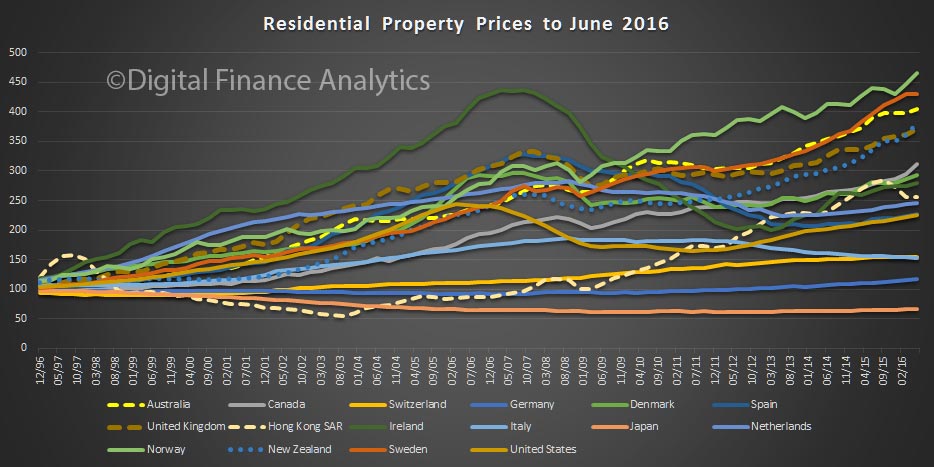
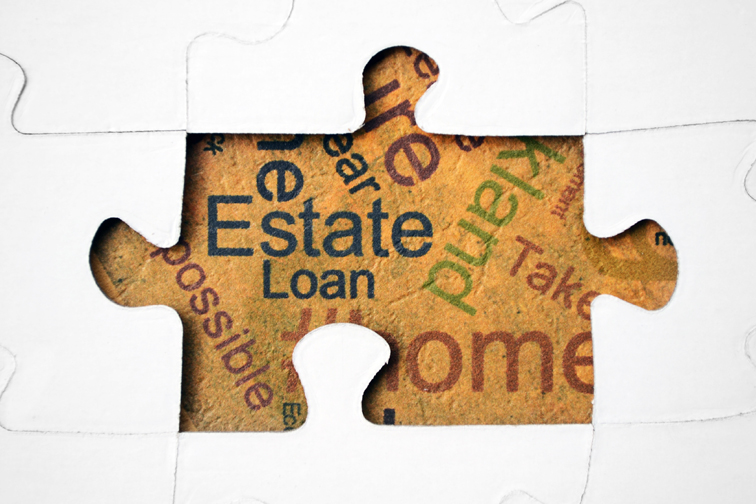
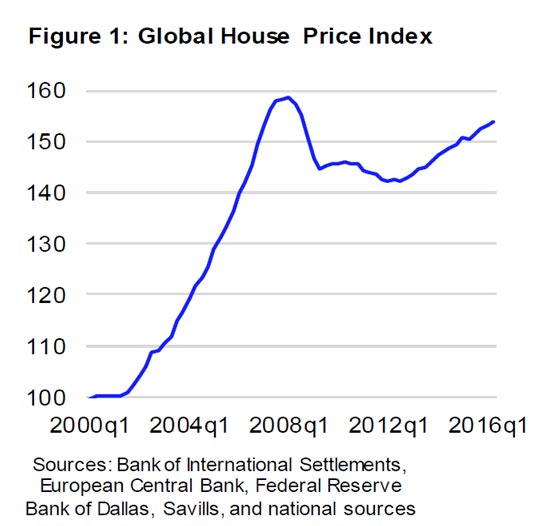
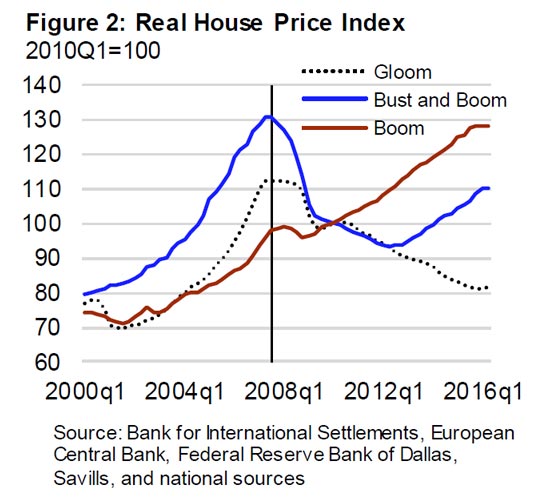
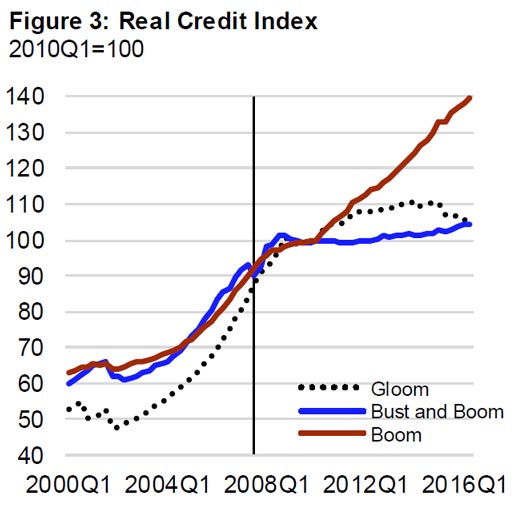
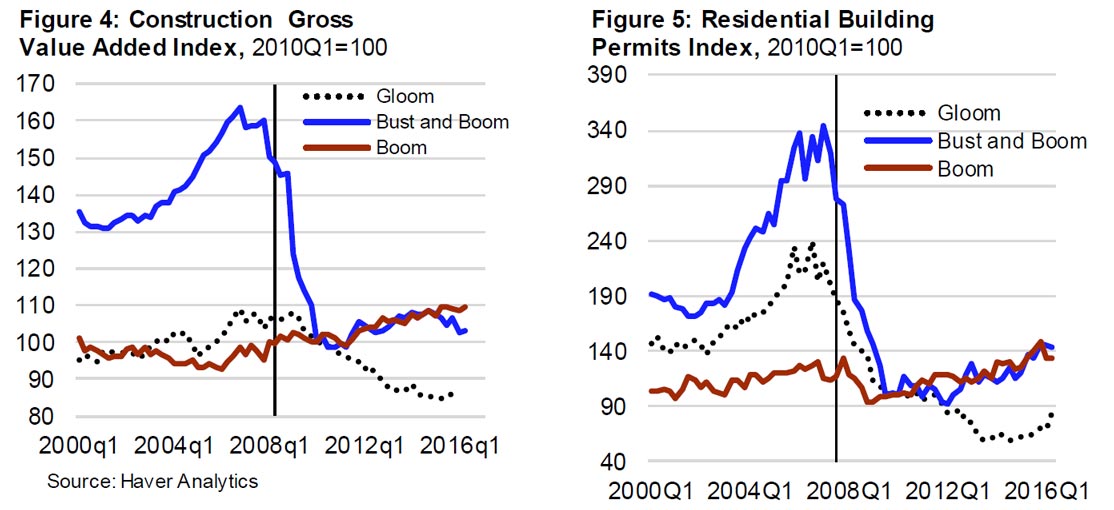
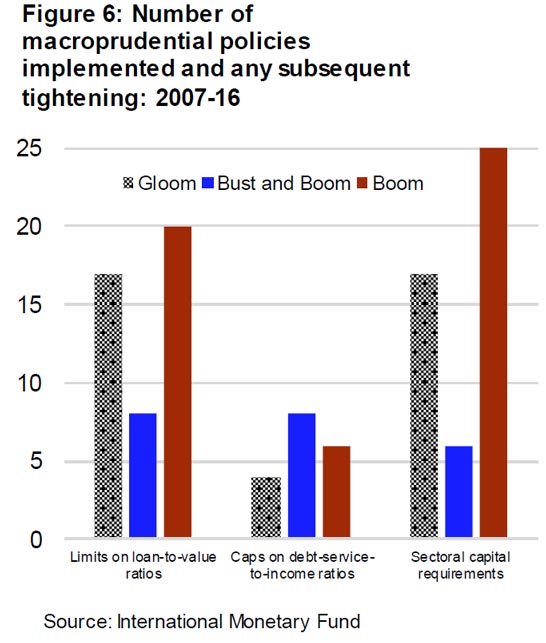

 Source: Hills, Thomas and Dimsdale (2016); Bank calculations. Notes: The chart shows the Hodrick-Prescott trend in annual house price growth data (where lambda=6.25). Data during WWI and WWII are interpolated.
Source: Hills, Thomas and Dimsdale (2016); Bank calculations. Notes: The chart shows the Hodrick-Prescott trend in annual house price growth data (where lambda=6.25). Data during WWI and WWII are interpolated.
 Source: FCA Product Sales Database; Land Registry; Bank calculations.
Source: FCA Product Sales Database; Land Registry; Bank calculations.
 Source: Baptista et al (2016); Hills, Thomas and Dimsdale (2016); Bank calculations. Notes: The blue diamonds show the distribution of simulated house price growth for over 160 years from the model. The red diamonds show the distribution of real house price growth between 1847 and 2015.
Source: Baptista et al (2016); Hills, Thomas and Dimsdale (2016); Bank calculations. Notes: The blue diamonds show the distribution of simulated house price growth for over 160 years from the model. The red diamonds show the distribution of real house price growth between 1847 and 2015.

